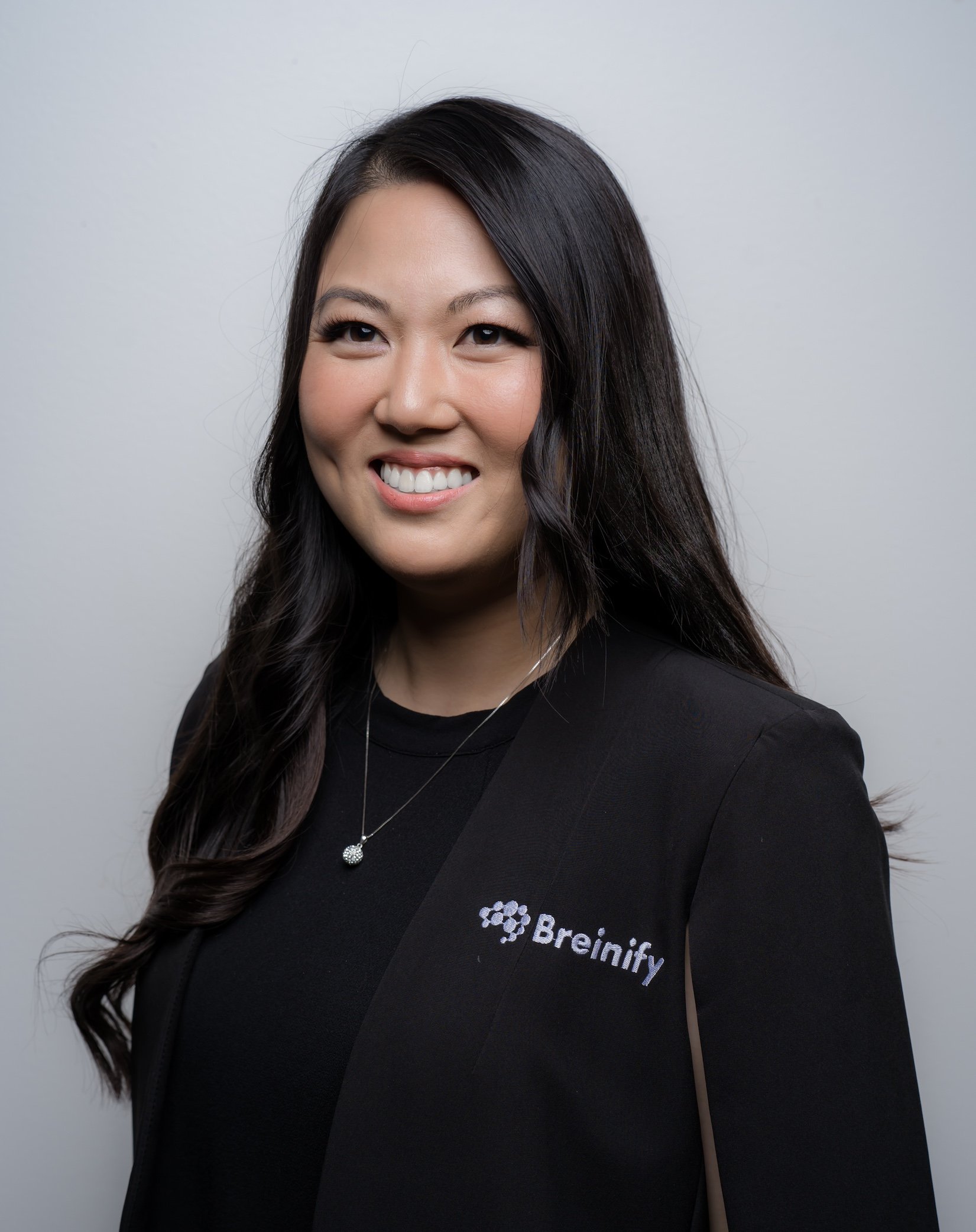How to Target the 4 Types of Consumer Behavior with Personalization
Article • April 20, 2023 • Written by: Diane Keng

No matter what you’re selling, having a basic understanding of consumer behavior is an important first step to building your brand strategy. Demographics are no longer a good way to segment your customers, since their buying behavior will vary based on the product they are seeking. Getting a customer to commit to a face cleanser is far from getting them to commit to a piece of furniture, or a new car.
Whether your products are meant to last a month or a decade, it’s clear that personalization is the way to earn the loyalty of a repeat customer. Nearly half (49% ) of consumers say they will likely become repeat buyers after a personalized shopping experience with a retail brand. Let’s explore the different types of consumer behavior and how you can personalize your marketing to appeal to each type of customer.
What are the 4 types of consumer behavior?
Complex buying behavior:
With this type of buying behavior, the consumer is highly involved in the buying process and seeks to make an informed decision. This is usually associated with bigger purchases like a car or a home. It’s not traditionally related to e-commerce or retail, but the world is changing quickly; you can now browse homes and cars from your mobile phone. Brands can personalize this experience by providing in-depth, educational content to keep the consumer engaged and earn their trust.
Dissonance-reducing buying behavior:
With this type of consumer buying behavior, the buyer has done their research and sees little difference between the handful of brands they are considering. In this context, the dissonance is the potential for the consumer to regret their choice later. The last thing you want is for the consumer to think to themself, “there’s hardly a difference between this product and one from another brand.”
To combat this, brands must personalize by highlighting their unique differentiators. For example, a consumer is looking for a standing desk and has narrowed it down to a few choices. To them, there’s hardly a difference between the products that each brand offers—standing is standing.
Using behavioral data to track their movements on your site, you notice that the consumer has opened up a collapsible section called ‘Features.’ You can send the diligent shopper an email that highlights the special features your brand has: more desk space, a built-in drawer, or eco-friendly power consumption. Find out what makes your brand stand out, and you’ll entice dissonance-reducing consumers to convert.
Habitual buying behavior:
With this pattern, the consumer buys this type of product regularly and has little attachment to a specific brand. Think eggs, milk, and other daily or weekly purchases. Brands can personalize by offering multiple thoughtful touchpoints to remind consumers of your unique value, and discounts that bring your brand to top-of-mind. For example, an oatmeal consumer can receive a discount for buying in bulk, or subscribing and saving. Each month when they run out, they’ll turn to your brand to continue reaping that benefit.
Variety seeking buying behavior:
With this pattern of consumer buying behavior, the consumer involvement is low, and they tend to switch products or brands simply out of curiosity or boredom. Brands with a wide range of products can target these consumers by highlighting the range of variety in their own products. For example, a wholesale alcohol retailer has a variety of beers, wines, and spirits. No matter what a consumer is in the mood for, they know they’ll find it with this one brand.
Due to the nature of the products they sell, most brands may see only one or two of these patterns in consumer buying behavior. That’s why collecting and acting on first party data is essential to crafting personalized shopping experiences that go beyond one or two archetypes. Personalization ignites the path between one-off purchases and lifetime brand loyalty.

